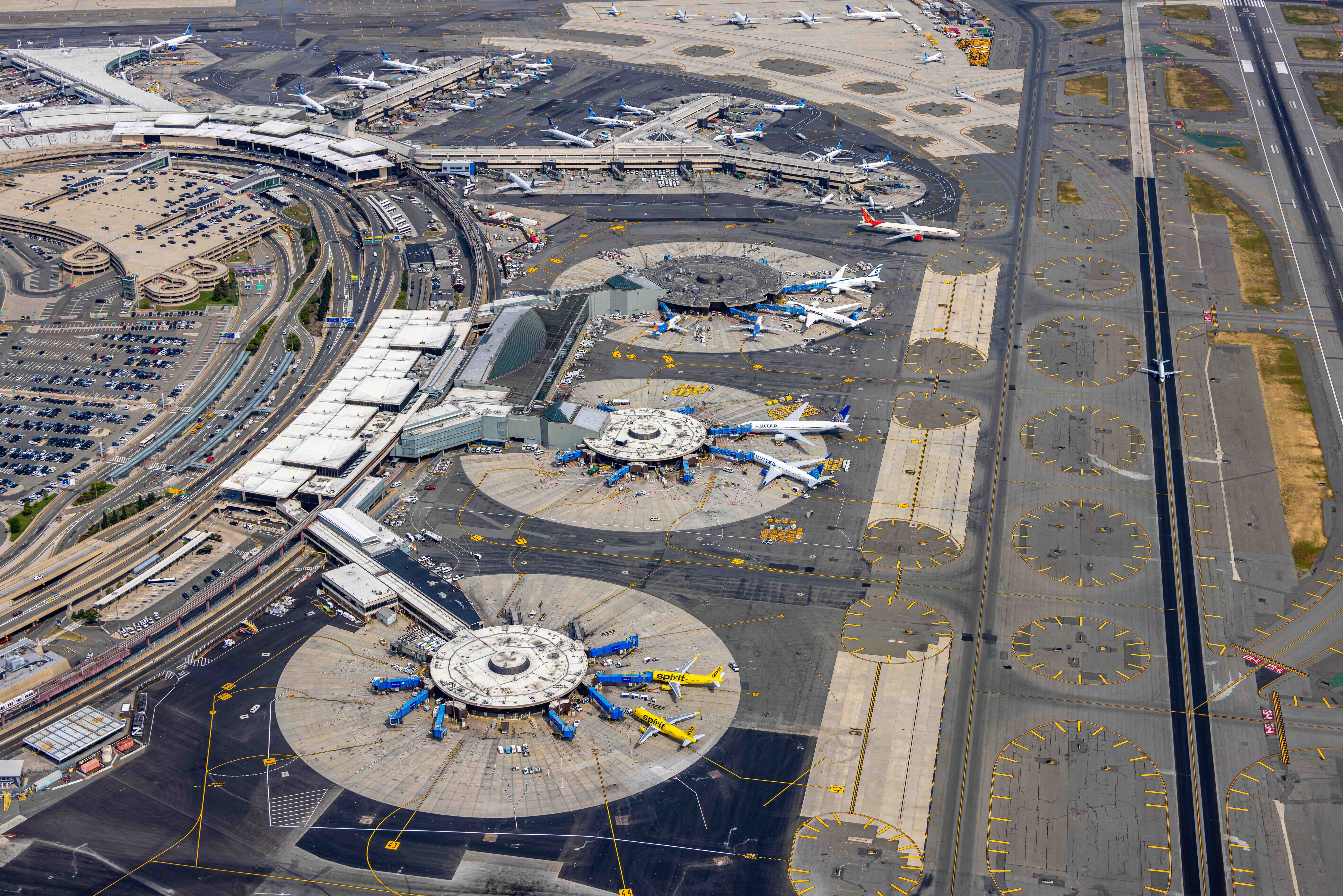Log-in here if you’re already a subscriber
The Federal Aviation Administration is soliciting air traffic control supervisors from throughout the national airspace system to help alleviate severe staffing shortages at Newark Liberty International Airport, according to people familiar with the situation.
The supervisors, who normally manage a floor of air traffic controllers and have more ATC experience, would instead be asked to work traffic at the Newark sector, some of the people said. Relocating controllers is not an overnight plug-and-play solution and typically requires a training regime to prepare them for a sector as intense as those found in the New York area, though starting with such highly experienced personnel would be the most immediate relief offered to the sector yet.
Essential Reading: Making sense of Newark Airport’s chronic chaos
Last year, the FAA moved the Newark facility from the New York Terminal Radar Approach Control facility on Long Island to Philadelphia in an effort to fix what have been decades-long staffing and training problems and the resulting chronic operational delays.
This in-progress supervisor staffing shuffle comes after eight days of chaos at one of the nation’s busiest airports, which has been roiled by a shortage of qualified air traffic controllers and several failures of key equipment. Following last week’s radar outage that left controllers without the ability to control traffic for 90 seconds, the National Air Traffic Controllers Association confirmed in a May 5 statement that several claimed medical trauma leave as allowed by the Federal Employees Compensation Act, which can last up to 45 days, according to the law.
“Frequent equipment and telecommunications outages can be stressful for controllers,” the FAA said in a May 5 statement. “Some controllers at the Philadelphia TRACON who work Newark arrivals and departures have taken time off to recover from the stress of multiple recent outages. While we cannot quickly replace them due to this highly specialized profession, we continue to train controllers who will eventually be assigned to this busy airspace.”
Continue Reading
